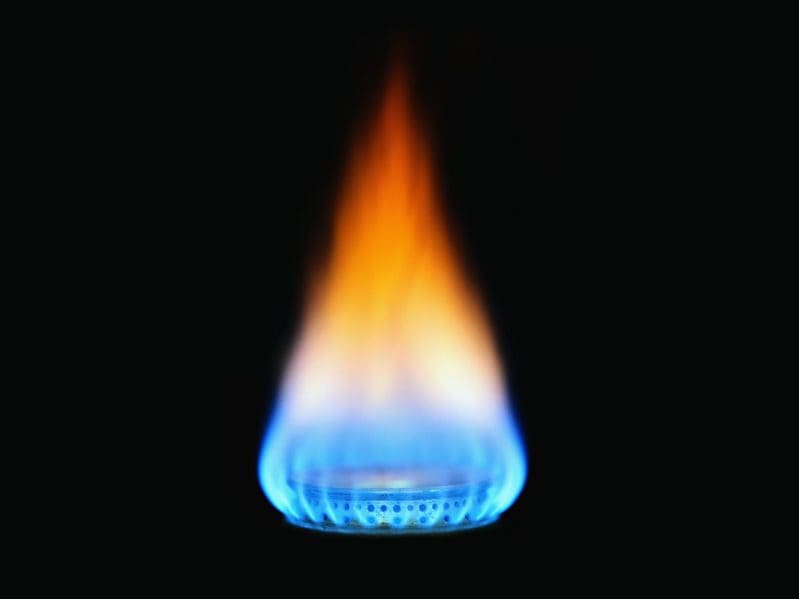Great news! Natural gas set production, consumption and export records in 2019.
More good news for consumers is the very low price currently and the reduction in greenhouse gases.
And the future looks strong, too.
According to projections by the U.S. Energy Information Administration’s (EIA), total dry natural gas production in the United States will continue to increase until 2050.
“The United States began exporting more natural gas than it imports on an annual basis in 2017, driven by increased liquefied natural gas (LNG) exports, increased pipeline exports to Mexico, and reduced imports from Canada,” EIA stated.
EIA expects dry natural gas production to total 34 trillion cubic feet (Tcf) in 2019 once the final data is in, which will be a record. EIA projects that U.S. dry natural gas production will reach 45 Tcf by 2050.
Natural gas consumption increased by 3 percent in 2019, reaching a record of 85 billion cubic feet per day (Bcf/d), according to EIA. “Natural gas continues to account for the largest share of electricity generation after first surpassing coal-fired generation on an annual basis in 2017. In 2019, natural gas accounted for 38 percent of total electricity generation followed by 23 percent for coal and 20 percent for nuclear.”
“New natural gas-fired electric capacity and lower natural gas prices led the increase in domestic natural gas consumption,” EIA stated in its report issued this week.
Also, EIA expects LNG exports will continue to grow from 1.7 Tcf in 2019 to 5.8 Tcf in 2030 the equivalent of nearly 16 Bcf/d.
Natural gas wellhead prices have been soft for the past five years, and in some recent cases prices fell into negative territory, forcing some producers to pay other parties to take their gas.
Prices in West Texas at the Waha hub fell to -$0.68 on March 3 where there has been an oversupply because of high production rates that have outpaced the pipeline infrastructure.
Other locations reported prices below $2, such as $1.75 on the New York Mercantile Exchange and $1.70 at the Houston Ship Channel.
Increased usage of natural gas, which has displaced coal-fired electric generation, led to a reduction of more than 2.8 billion metric tons of carbon dioxide emissions between 2005 and 2018, according to EIA, which is equivalent to taking about 595 million cars off the road for a year.
The Environmental Protection Agency reports methane emission have declined 14 percent since 1990 while natural gas production has increased 50 percent.
“The United States leads the world in reducing carbon dioxide emission, in large part thanks to the increased use of natural gas in the power sector,” according to the Department of Energy. “Natural gas has 55 percent lower carbon dioxide emissions than coal.”
Alex Mills is the former President of the Texas Alliance of Energy Producers.
Alex Mills is the former President of the Texas Alliance of Energy Producers. The Alliance is the largest state oil and gas associations in the nation with more than 3,000 members in 305 cities and 28 states.






